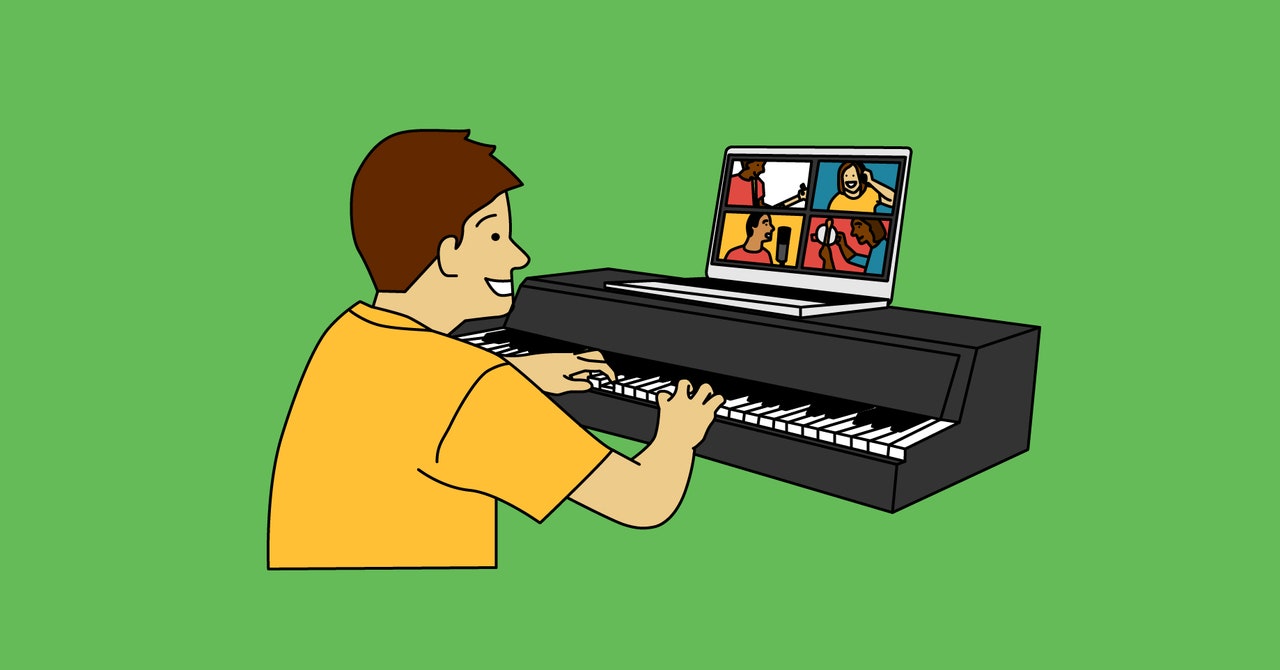The story about the chorus landed like a punch. On March 10, 55 singers, none of whom had any symptoms of Covid-19, crowded into a Presbyterian church in Mount Vernon, Washington, for their weekly rehearsal. By the end of the month, more than three-quarters of the group had tested positive for coronavirus, and two were dead.
For years I too have filed into a Presbyterian church every week for chorus rehearsal, joining 100-plus other amateur singers for a few hours to prep for thrice-yearly classical music concerts. Choral singing is a good way to spread a virus around: We stand close together and inhale and exhale vigorously. It’s exhilarating to gather with a group of people and together produce sound that you could not possibly make alone. One of my favorite moments last fall was standing in a rehearsal in mixed lineup—meaning, each vocal part standing next to someone on a different part—and singing the first movement of J.S. Bach’s Magnificat from memory. In much of Bach’s choral music the parts are tightly integrated: You have to hear exactly what the altos are doing in order to sing the soprano part correctly. And that deadly Washington chorus rehearsal meant that this kind of tight-knit singing—or any kind of communal music-making—wouldn’t happen again for a very very long time.
My chorus had planned to perform Brahms’ Requiem at San Francisco’s Davies Symphony Hall in August. Five years ago the group presented the same program, but I’d dropped out at the last minute when my father-in-law passed away. I was looking forward to having a second chance with the piece. But now, the group is planning a “sing-in,” where we’ll rehearse Mozart’s Requiem in small groups over Zoom and then “perform” it by singing along while muted in our houses, to a recording we made of the same piece a few years back. My family members and neighbors may hear me singing live (let me apologize to them now for that troublesome jump to the high F in the Lacrymosa movement), but anyone who tunes in won’t; latency issues in video-conferencing make a synchronous performance at best uneven and at worst unlistenable.
This orchestra playing a socially distanced Ode to Joy are not playing all at the same time. Rather each person filmed themselves playing their part, using a metronome set to the same speed, and then the video was synchronized.
I’m not the only person in my household coping with a radically rethought approach to collaborative music. My 11-year-old son, who asked to be called Picklequack for this article, plays the keyboard in an all-kid band called Yzarc—that’s “crazy” spelled backwards, obvs—through a local San Francisco treasure/music school/gang of weirdos called Rock Band Land. In the B.C. (Before Coronvavirus) era, he’d meet weekly with his band, which for reasons I can’t explain includes one guitar player, one singer, one bassist, one keyboardist, and f

